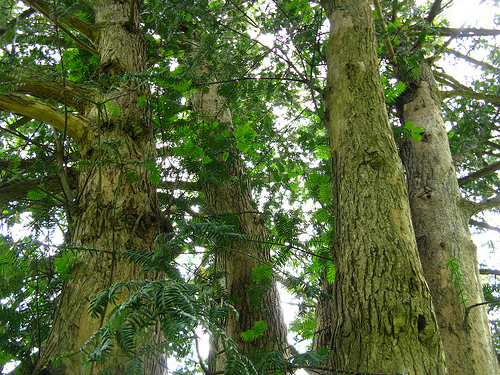The Declining Scarcity of Knowledge

Scarcity breeds value. As scarcity decreases, so does value.
For example, traditional boards for the game Go (these boards are called gobans; to learn more about the ancient Chinese strategy game click here) are made from the wood of the rare Kaya tree. You can make a goban out of just about any type of wood, but several features make the wood of the Kaya tree particularly desirable: "beautiful yellow-gold color, fine and uniform ring texture, and the sonic quality of the click of a stone on its surface." Here's the catch: harvesting Kaya trees alive is illegal, and they have to grow several hundred years to reach the width required to craft a goban. Good luck waiting hundreds of years for a tree to die. It doesn't get much scarcer than that, and these pieces of wood are priced accordingly: traditional goban cost upwards of $20,000. (That's about three years at the average four year university.)
On the other end of the scarcity spectrum are social media "gurus". While these experts are particularly vulnerable to critique, it's not surprising that there is a scramble of self-proclaimed experts coming out of the woodwork -- social media is cheap to learn, and information about the industry is ubiquitous. However, these experts are only the prelude to the real effects of wide spread, free knowledge. In a world with fewer and fewer barriers to information, there are more and more experts. Consequently, because it is no longer scarce, knowledge is becoming less valuable. It's a commodity.
The real value then, is in things that are still rare: character, hard work, and the ability to learn quickly.
sources:
Comments
Add A Comment